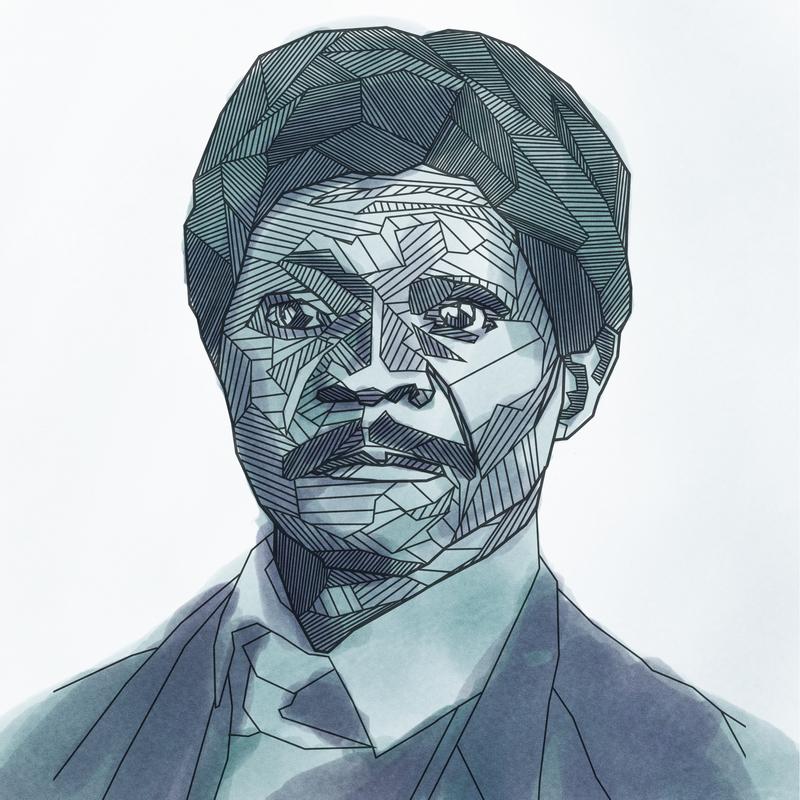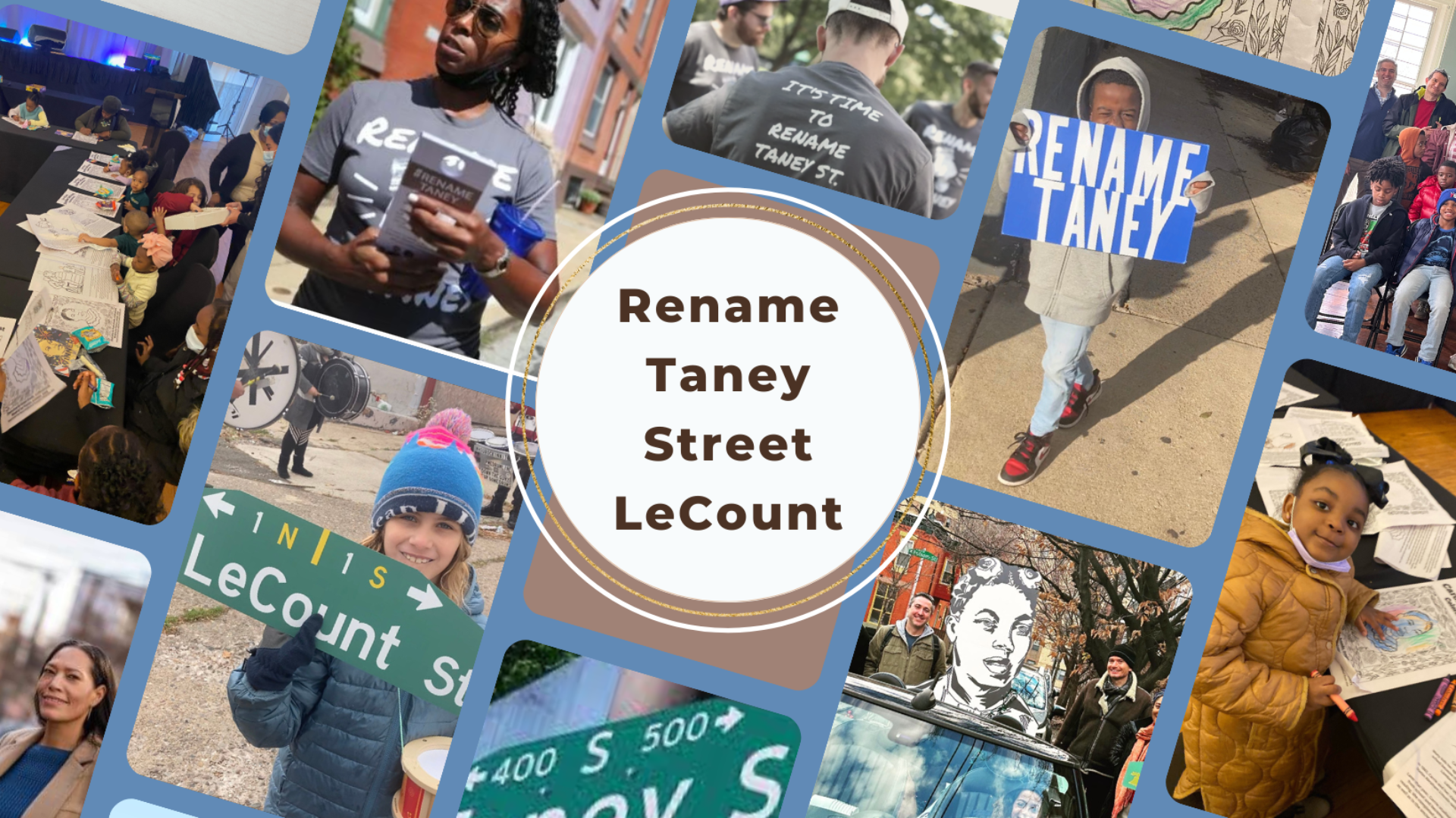March 6, 1857: U.S. Supreme Court Chief Justice Roger B. Taney authors the Dred Scott v. Sandford decision, summarized by the New York Times at the time as ruling that “Negroes, whether slaves or free, that is, men of the African race, are not citizens of the United States by the Constitution.” (NYT 3/6/1857)
More recently, the New York Times has summarized the ruling thusly:
“The court, in addition to declaring that black people were not citizens, made several other rulings on slavery. It held that Congress did not have the power to abolish it in territories as it had done in the Missouri Compromise of 1820, which banned slavery in northern territories. It also declared that Mr. Scott, or any slave, could not become free by spending time in free territory because he was still his owner’s property. Rather than settling the slavery debate, the decision increased the animosity between pro- and anti-slavery factions, further divided North and South, and contributed to the start of the Civil War four years later.”
Dred Scott brought the lawsuit because his owner died and the owner’s heirs were planning to sell Dred Scott’s wife and two daughters. This case was fundamentally about the right to have a family.

Radiolab Presents: More Perfect
WNYC Studios
1858: Minor Street in Fairmount is renamed North Taney Street. White supremacist Mayor Richard Vaux names a North Taney Street in Justice Roger Taney’s honor.
See documentation from historical maps and street guides below.
Sometime between 1895 – 1903: Barnwell Street is renamed South Taney Street. This portion was renamed when the city systematized street names.
Historical Context
1854: The Pennsylvania General Assembly consolidated Philadelphia city and county and dissolved all other municipal authorities in the county. This action favored the Democratic party, who were predominately white and largely in favor of expanding slavery, anchored in the then-suburbs of Northern Liberties, Germantown, Manayunk, etc. Philadelphia was rife with race riots and white supremacist violence against the anti-slavery movement, including the burning of the abolitionist meeting house in 1838.
1858: The newly expanded city of Philadelphia votes Democrat Richard Vaux as mayor, who campaigned on support of expanding slavery in the territories (the Kansas-Nebraska Act, which overturned the Missouri Compromise). Vaux remained an outspoken white supremacist during his 2-year term and was a Confederate sympathizer during the Civil War. He later aggressively opposed the 15th amendment as a U.S. Congressperson.
Documentation of Maps and Street Guides
1858 street guide: No mention of Taney Street, only Minor Street (to the North and Bank Street (to the South):
1859 street guide: see page 22 for “Nomenclature of Streets Changed by Ordinance”, which renames Minor Street to North Taney Street between Coates and Fairmount Streets:
Map of 1860: First archived map on philageohistory.org to include Taney Street. Map detail:
For maps from subsequent years, see the map overlays here:
http://www.philageohistory.org/tiles/viewer/?SelectedLayers=Overlay,HXL1860
South Taney Street was renamed when the city systematized the street names more consistently sometime between 1895 and 1903. Before that it was Bank Street, then Barnwell Street. Here is the 1903 map (the first appearance of South Taney Street):
